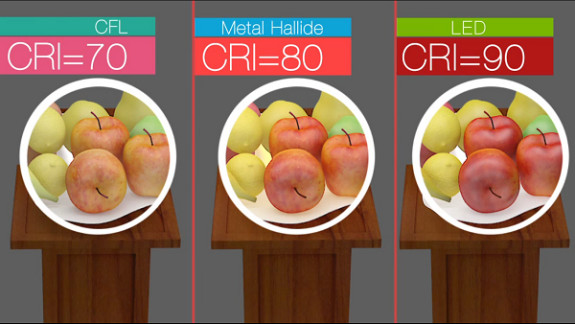Explaining of LED
Before going into comparison we have to understand how LED works. LED (Light Emitting Diode) produces lights when electrons move within its semiconductor structures. The semiconductor is made of positively charged and negatively charged component, the LED’s positive layer has openings for excited electrons to go through while the negative layer has free electrons floating around the negative layer. when an electric charge strikes the semi conductor , it activates the flow of electrons from the negative layer to the positive layer.

Energy Comparison
compared to other light sources, LED has the most efficiency, increased durability and much longer life than those light sources we use in the days. A single light fixture stocked with a 60-watt incandescent bulb consumes about 525 kWh of electricity in a year but put a LED bulb in that light fixture, and the annual energy use is more like 65 kWh.
Cost and Time Comparison
LED’s have a very long use life, you can go 20 to 30 years witout having to change a single LED light, LED lights are more stable than other light source like incandescent or fluorescent.
The cost of the LED is now fairly cheaper than back in the days.
Safety Comparison
LED are much more safer than other light sources, emits almost no heat , traditional lights like incandescents converts 90% of the energy to heat energy, the other 10% is used for light.
CRI Comparison
CRI (Color Rendering Index) is a measurement of a light’s ability to reveal the actual color of objects.

LEDs have a very good rating when it comes to CRI.

